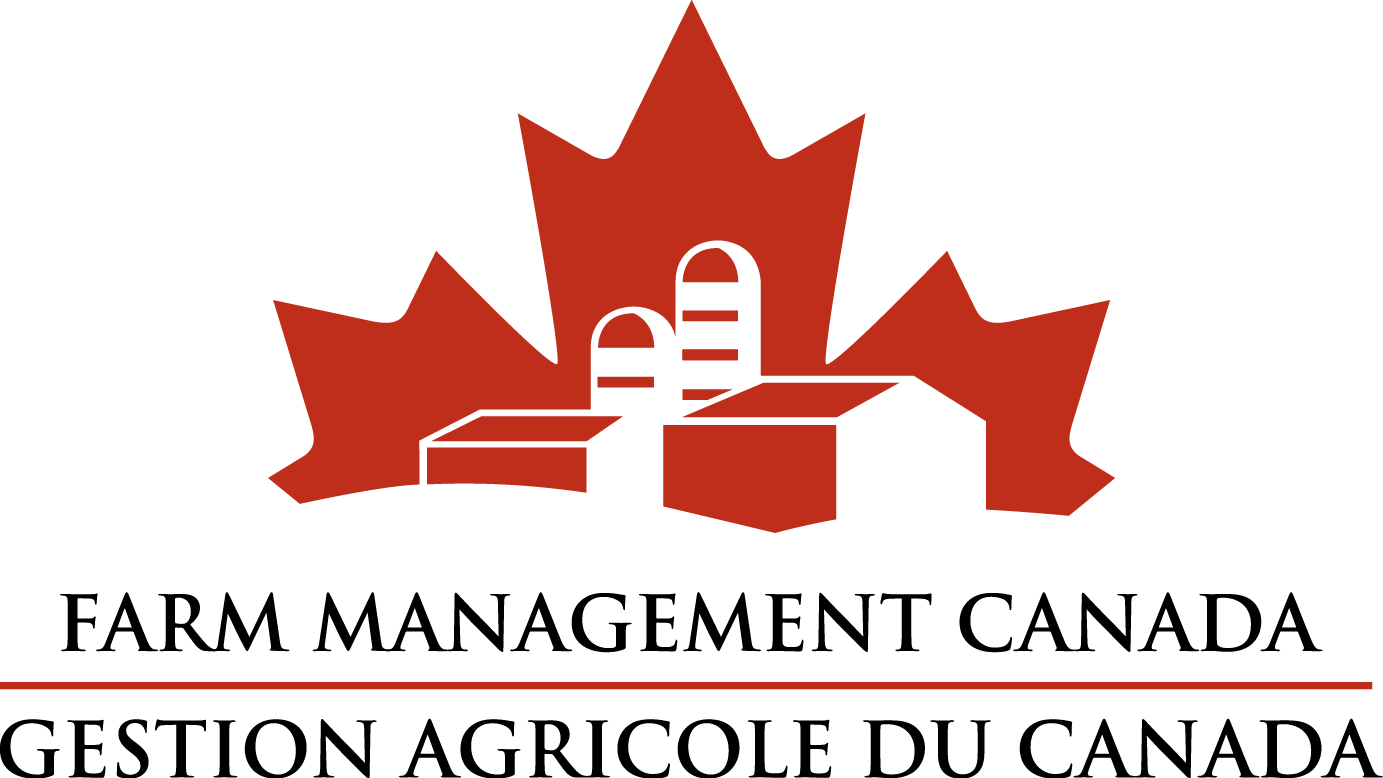Several years of high crop prices have led to talks of a “new normal” for agriculture. The recently released 10-year outlook from the United States Department of Agriculture shows robust economic drivers for food demand over the next several years.
Will this period of elevated prices, strong farm income and increasing asset values continue? Or is a return to more historic levels for agriculture prices inevitable?
Let’s briefly review some factors that have contributed to the recent trend of high commodity prices:
– an expanding middle class in emerging markets and subsequent to increases in food demand
– the expansion of biofuel production in the U.S. and Europe
– despite short-term fluctuations due to weather, crop yields continue to show positive gains, but at a slower pace than 20 years ago.
While biofuel production has hit a few bumps recently, current policies are expected to remain in place. According to the International Food Policy Research Institute, rapid economic growth in East Asia and Latin America will increase annual per capita meat consumption in those regions by 24 kilograms and 16 kilograms respectively by 2050. Over the long term, these drivers will support demand for renewable fuel, grains, oilseeds and meat. Prices are expected to remain robust.
As an old saying goes, “The cure for high prices is high prices.” High agriculture commodity prices encourage producers to expand production, use more fertilizer and improve their operations. This is happening around the world.
In the U.S., for example, land is being removed from the Conservation Reserve Program (which takes environmentally sensitive land out of production) and put back into agriculture production. In 2007, there were 36.9 million acres under the CRP. This dropped by seven million acres to a little over 29 million acres at the moment. An additional seven million acres could be withdrawn from the program by 2015.
Think about the areas surrounding your own operation: is land that has been left idle for several years being brought back into production?
Despite potential water scarcity and environmental pressures in some parts of the world, many developing markets have the potential to increase production through higher yields, better infrastructure to minimize waste and land base expansion.
This brings us back to the important question: are current prices the “new normal” for agriculture commodities?
Current corn, barley, canola and soybean prices are driven largely by the effects of the U.S. drought. USDA projections suggest that average crop prices will be below current prices over the next 10 years. Corn prices are forecast to be around $4.80 a bushel in 2013-14. Similarly, wheat prices are predicted to fall back from recent highs and stabilize around $6 a bushel over the next 10 years, while soybeans hover around $11 a bushel.
While future market conditions may not lead to $14 a bushel canola and soybeans — or $7 corn and wheat — they do suggest that prices will not revert to previously lower averages, dating back to 1990. Using 2005 as a breakpoint, we can see two different market environments for crops.
The first period — ranging from 1990 to 2005 — was characterized by lower prices and low volatility. The current period, beginning around 2005, has been characterized by higher prices and higher volatility. The new normal for agriculture could moderate prices, but market dynamics also could mean continued high volatility.
It is a good business practice for producers to run various scenarios when planning for the future of their enterprises. This has become even more important, since estimating the future value of crops and livestock receipts is harder than ever before. There is no such thing as being too conservative or too aggressive when running simulations. Calculating different upside and downside scenarios of various future outcomes for your business paints different pictures and allows you to choose the strategy that best matches your risk appetite.
Relying on sound financial analysis is always a good idea, particularly in the current context of appreciating farm asset values. Earned equity through past profitability is a key factor in showing true financial progress for an operation and would be evident if the debt-to-equity ratio goes down. Alternatively, equity gains that occur strictly as a result of increases in asset values (such as farmland) may mask underlying profitability issues that producers should consider.
A great businessperson is always looking for opportunities, while remaining mindful of threats. So although some of this advice is time-consuming, it’s great homework to help producers succeed in the long run.
Read J.P. Gervais in FCC Express – Canada’s agriculture e-newsletter. Sign up and stay in the know with industry news, videos and podcasts at www.fcc.ca/express.
